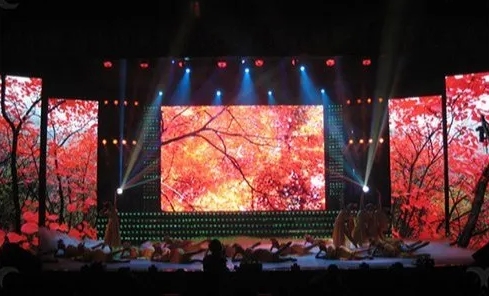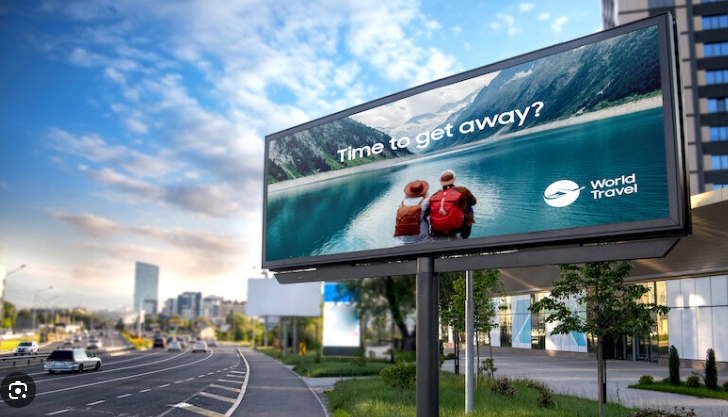Excessive heat can potentially damage LED screens, but modern LED screens are designed to withstand a range of operating temperatures and have built-in mechanisms to dissipate heat effectively. Here are some key points to consider regarding heat and LED screens.

LED screens typically have recommended operating temperature ranges specified by the manufacturer. Operating the screen within this range helps ensure optimal performance and longevity. Extreme temperatures outside the recommended range, whether too high or too low, can potentially affect the functionality of the screen.
LED screens are designed with heat sinks, cooling fans, or other thermal management systems to dissipate heat generated during operation. These mechanisms help maintain the screen’s internal components at safe operating temperatures. It’s important to ensure that the cooling system is functioning properly and not obstructed to prevent excessive heat buildup.
The ambient temperature of the environment where the LED screen is installed can impact its performance. In hot climates or direct sunlight, the ambient temperature can rise significantly, causing additional heat stress on the screen. Adequate ventilation and shading measures should be considered to mitigate the effects of high ambient temperatures.
Proper installation of the LED screen is crucial to ensuring adequate airflow and heat dissipation. The screen should be mounted with sufficient clearance from walls or other objects that could obstruct airflow. Additionally, any ventilation openings on the screen’s housing should not be blocked.
The intensity and duration of usage can affect the heat generated by the LED screen. Running the screen at maximum brightness continuously or for extended periods can increase heat production. It’s advisable to consider the screen’s duty cycle and adjust brightness levels as needed to prevent excessive heat buildup.
Regular maintenance and cleaning of the LED screen are essential for its optimal performance and heat dissipation. Dust, dirt, or debris accumulation can hinder proper heat transfer and potentially lead to overheating. Following the manufacturer’s guidelines for cleaning and maintenance will help prevent heat-related issues.

It’s worth noting that while LED screens are designed to handle normal operating temperatures, extreme heat conditions or prolonged exposure to high temperatures can still pose a risk. If you notice any signs of overheating, such as abnormal screen behavior, discoloration, or flickering, it’s advisable to contact the manufacturer or a professional technician for assistance.
Overall, with proper installation, ventilation, and adherence to recommended operating conditions, LED screens can effectively handle heat and provide reliable performance in a variety of environments.